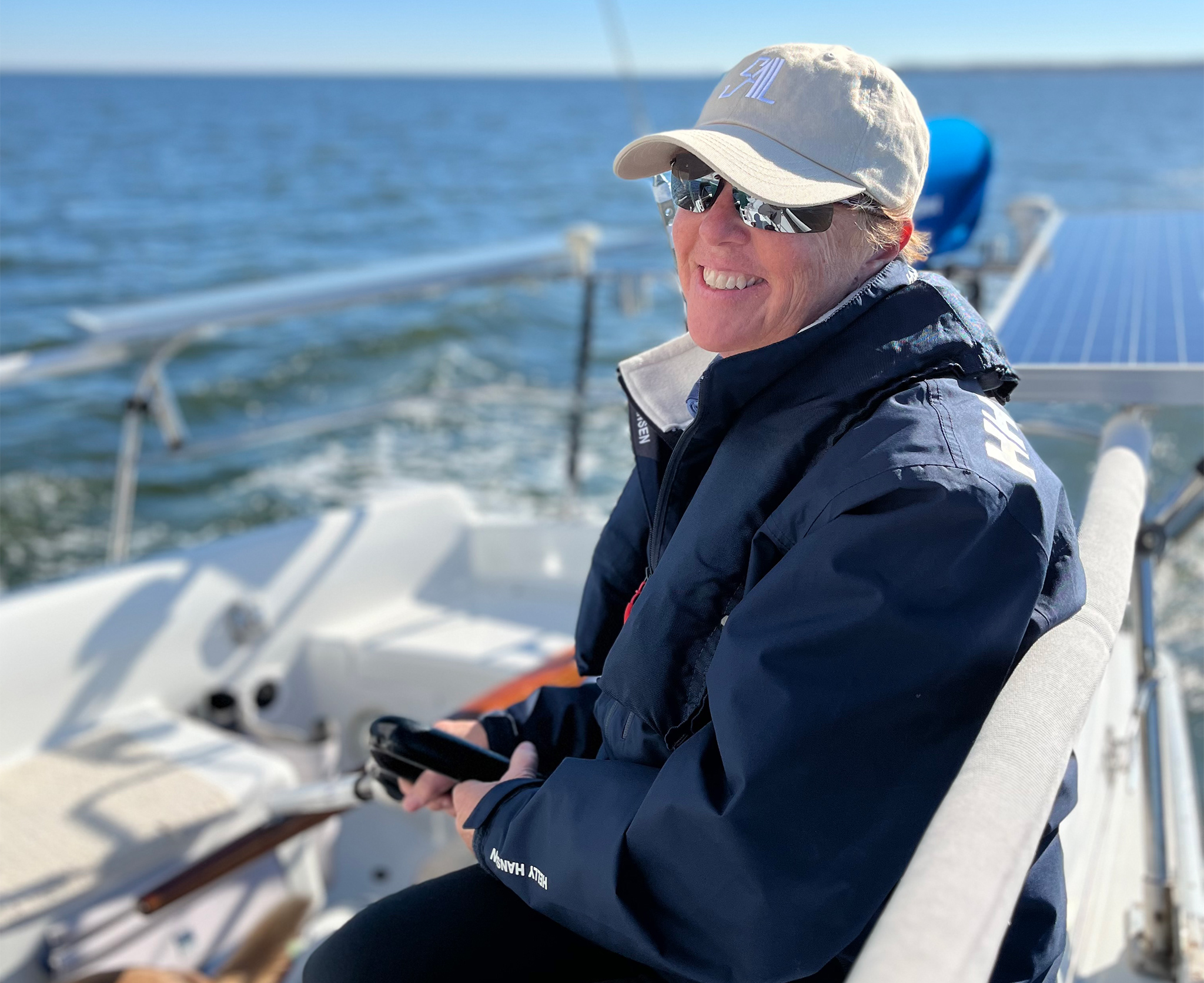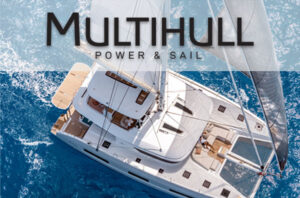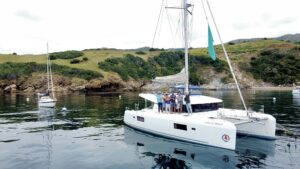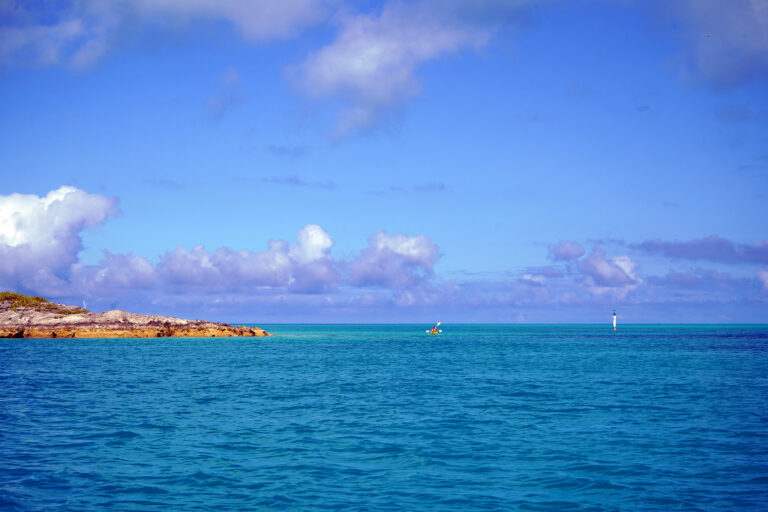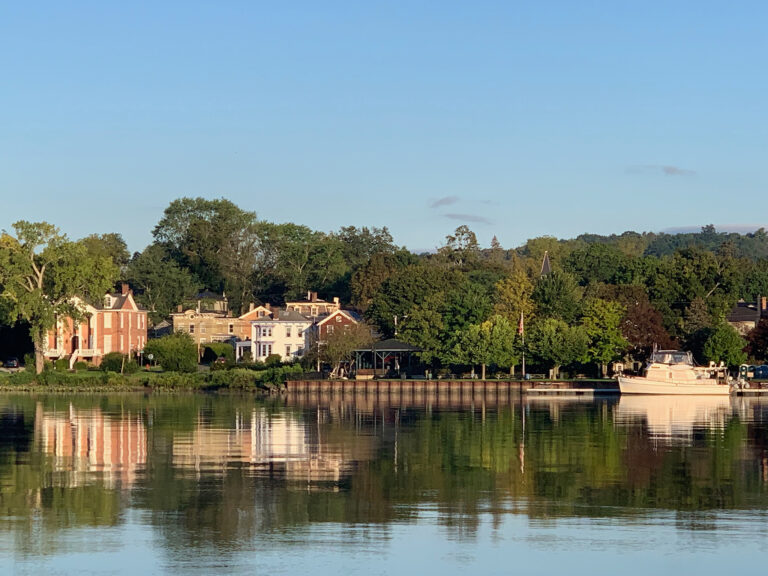Using wind to generate power is something sailors have been doing for decades to make their boats more energy autonomous and clean in terms of environmental impact. But what if you could use wind—and sailboats that consistently stay in that wind—to actually generate “green” hydrogen fuel to be delivered where needed? That’s the premise behind DRIFT Energy, which has won the UK’s 2025 Startups 100 Sustainability Award for its innovative approach to tackling climate change and developing scalable alternatives to fossil fuels.

Based in Bath, England, DRIFT Energy is using sailing and sailboats as the basis for the world’s first mobile renewable energy class of vessels. The design platform is a 60-meter aluminum catamaran—what DRIFT calls an “energy harvesting ship.” Put simply, here’s how it works:
Under sail and at speeds between 14 to 20 knots (those numbers are still being refined with the design, says naval architect Mike Mackay, the company’s head of vessel design), the boat will use hydrogeneration to generate power while also drawing in saltwater. The saltwater goes through an RO desalinator—much like our onboard watermakers—and that water is filtered again to be ultra pure. Then it’s fed into a container stacked with metal plates that use the process of electrolysis to separate the water into its constituent parts of oxygen and hydrogen. The oxygen is vented overboard; the hydrogen is compressed and stored onboard until it’s offloaded in port. This is considered “green” hydrogen—the cleanest form of the fuel, made with renewable energy sources only.
DRIFT Energy’s founder and CEO, Ben Medland, says the concept was sparked when his son asked why a wind turbine they were walking past wasn’t turning. He thought, “What if you could move renewable energy generation to follow the weather?”
“Our energy yachts travel at speeds of up to 25 knots but importantly, one-and-a-half times the speed of the wind,” Medland explains in a video made during a demonstration at a 2022 SailGP event in Plymouth, where he launched two small foiling catamarans as proof-of-concept boats. Speeding around the harbor, each carried a Watt & Sea hydrogenator and an electrolyser that generated a few grams of hydrogen—the first time a sailboat had ever made green hydrogen. “DRIFT Energy is developing a scalable, flexible, and antifragile ocean-based platform which will play a roll in accelerating the energy transition and our path to net zero,” Medland says.

Key to the concept is the unique routing algorithm DRIFT has developed—nicknamed Goldilocks—that employs artificial intelligence to route the vessel into the optimum wind and weather systems to generate hydrogen and return to port the moment its tanks are full.
“It keeps you in the Goldilocks zone to produce as much power as possible but just as long as it takes to get to port, because you don’t want to carry a full ship for long,” Mackay says. Current estimates are five to seven days to fill the vessel with two tons of gaseous hydrogen. “We are out following the wind. We aren’t waiting it for it hit us…This will be the first ever net positive ship, a ship that is moving under renewable energy and adding energy back in.”
Unlike a stationary offshore wind turbine, which delivers its power via cable to land, the energy gathering ships can be routed wherever the market demands. “We are mobile, so that’s another big advantage,” Mackay says. “We can deliver the energy where it’s most needed.”
The company is already exploring the concept of small fleets of the vessels being used by island nations and territories that are not typically energy producers and need clean energy sources.
In its first phase of funding, the company has raised £4.65 million, significantly bolstering the design program in preparation for the first build, which they hope to have in the water by 2027. Mackay says the vessels will be four-masted catamarans employing solid, wing-type sails.
“We will be working with those companies who are working with wind assist” technologies, he says, primarily shipping firms that are looking enhance cargo ship performance and efficiency with solid sails. “They’re designed to be commercially viable, mass produced, and with reasonable performance. Those are the technologies that are unlocking DRIFT and allowing us to do what we do.”
Initially, the vessels will operate with professional sailors who will keep an eye on things, troubleshoot, and provide critical feedback about sailing performance in various conditions, Mackay says. “We’re going to learn a lot by having people on the boat.” But ultimately, the plan is for autonomous operation.
“DRIFT’s sailing fleet took the Startups 100 Sustainability Award by storm,” says Zohra Huda, editor of Startups.co.uk, which runs the Startups 100. (The Startups 100 showcases the top 100 new UK businesses based on finance, external validation, size of opportunity, innovativeness of idea, and strength of concept.) “We want to celebrate sustainability leaders that prioritize the health of the planet as part of their company mission. DRIFT does this in spades—harnessing ocean winds to produce green hydrogen—and makes waves in the maritime industry, which has struggled with net zero commitments.”
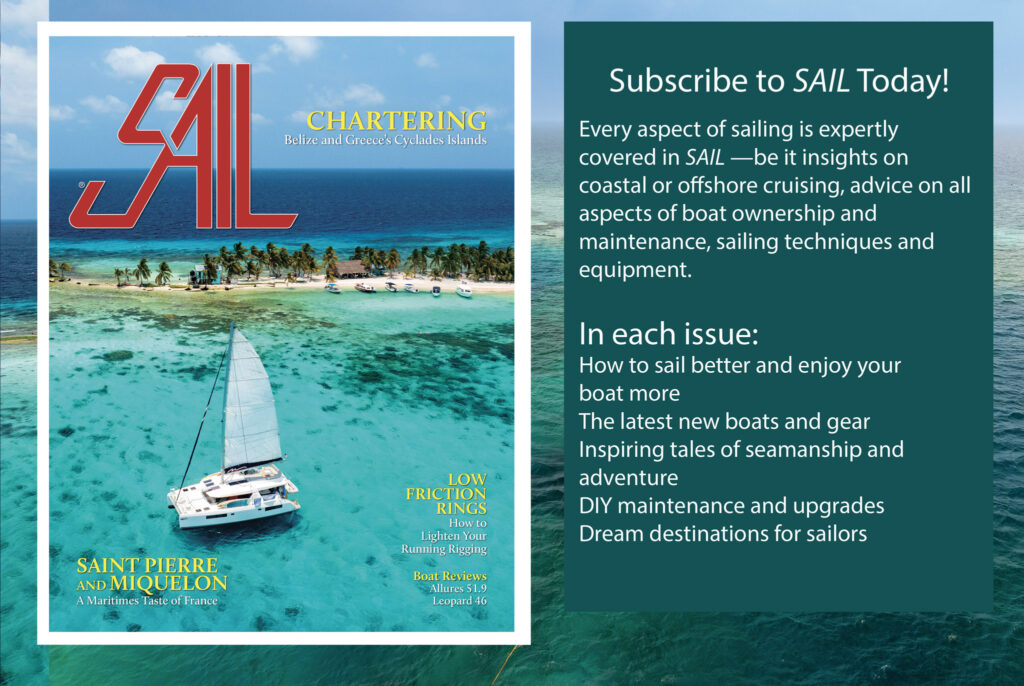
April 2025

